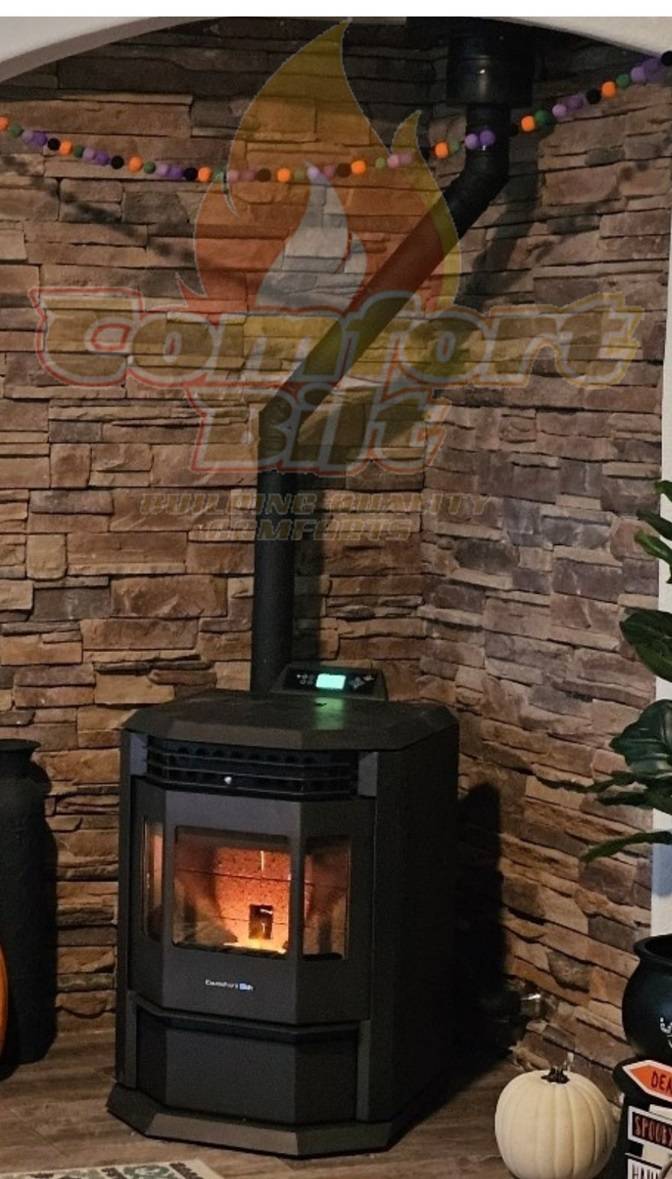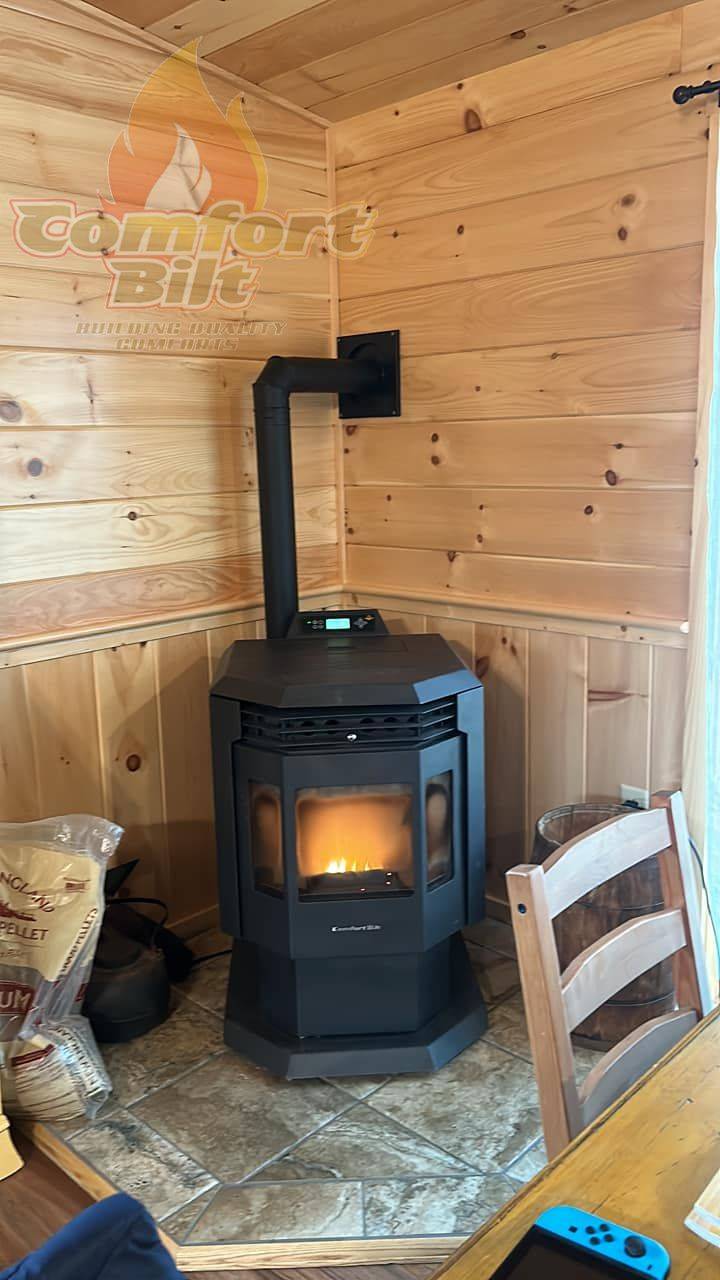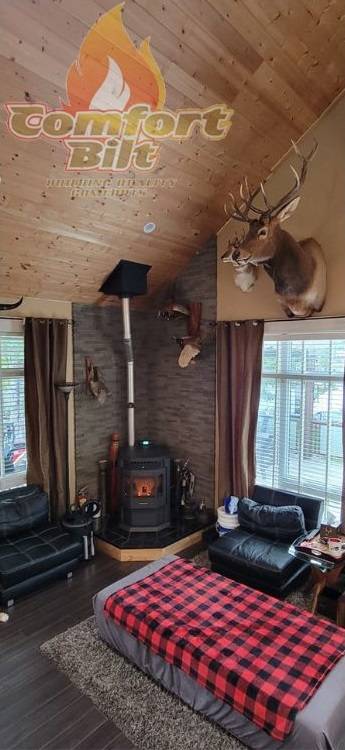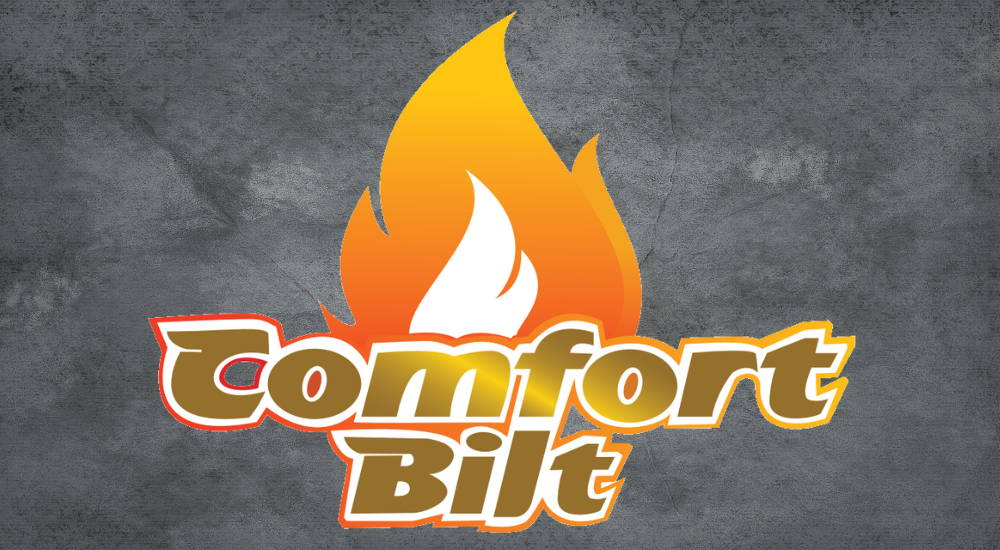pellet stove ventilation guiide
Many customers ask us about pellet stove piping and ventilation:
-Why do pellet stoves need ventilation?
-What is the best way to ventilate my pellet stove?
-What piping is required for a pellet stove?
-Does my pellet stove need fresh air from outside to work properly?
-What do I need to know when installing a pellet stove in my home?
In this bog, we will try to answer some questions for you when it comes to pellet stove ventilation and pellet stove piping.
Why Do Pellet Stoves Need to Be Vented?
Pellet stoves are designed to harness the power of compressed wood pellets, converting them into a steady, controlled flame for heating. However, this combustion process produces byproducts, including carbon monoxide, that must be safely expelled from the living space. Venting via exhaust piping is the essential mechanism that ensures these potentially harmful gasses are directed outside, preventing the buildup of carbon monoxide indoors. This not only guarantees the safety of occupants when using a pellet stove, but also aligns with pellet stove regulatory standards to create a secure and habitable environment.
How to Avoid Costly Pellet Stove Installation Mistakes:
Installing a pellet stove or pellet stove insert is an investment in comfort, efficiency, and warmth. However, overlooking crucial aspects of the installation process can lead to costly mistakes and compromise the performance of your heating appliance. To ensure a seamless and trouble-free experience, consider the following guidelines:
Professional Pellet Stove Installation:
Why it Matters: Pellet stoves and with pellet stove inserts in particular, installation is a specialized task that demands technical expertise. Entrust the job to a certified technician familiar with local building codes and safety standards.
Avoid DIY Pitfalls: While DIY projects can be rewarding, attempting to install a pellet stove or pellet stove insert without the necessary skills can result in safety hazards, inefficiencies, and potential damage(s) to your property.
Choosing the Right Location:
Factors to Consider: Selecting the ideal location for your pellet stove involves assessing clearance requirements, proximity to combustible materials, and adherence to manufacturer specifications.
Fire Safety:
Avoid installing your pellet stove too close to flammable surfaces, such as curtains or furniture, to prevent the risk of fire.
Understanding Building Codes and Regulations:
Local Compliance: Research and adhere to local building codes and regulations related to pellet stove installations. Obtaining the necessary permits and scheduling inspections is crucial for a legal and safe setup.
Consult with Authorities: When in doubt, consult with local authorities or a qualified professional to ensure your installation complies with all applicable regulations.
Proper Sizing of the Pellet Stove:
Matching Capacity to Space: Select a pellet stove with a heating capacity that aligns with the size of the space you intend to heat. Over-sizing or under-sizing can lead to inefficient operation and increased energy consumption.
Consult with Experts: Seek advice from professionals or stove retailers to determine the appropriate size based on your specific heating needs.
For a pellet stove comparison chart, click HERE.
By prioritizing these considerations, you can mitigate the risk of costly mistakes during the pellet stove installation process. Remember that a well-installed pellet stove not only enhances the comfort of your living space but also ensures long-term efficiency and safety. If in doubt at any stage of the installation, seek guidance from certified professionals to guarantee a successful and trouble-free experience with your pellet stove.
For more information on Comfortbilt pellet stove piping Click Here
For more information on ComfortBilt pellet stoves Click Here
For more information on ComfortBilt wood stoves Click Here





